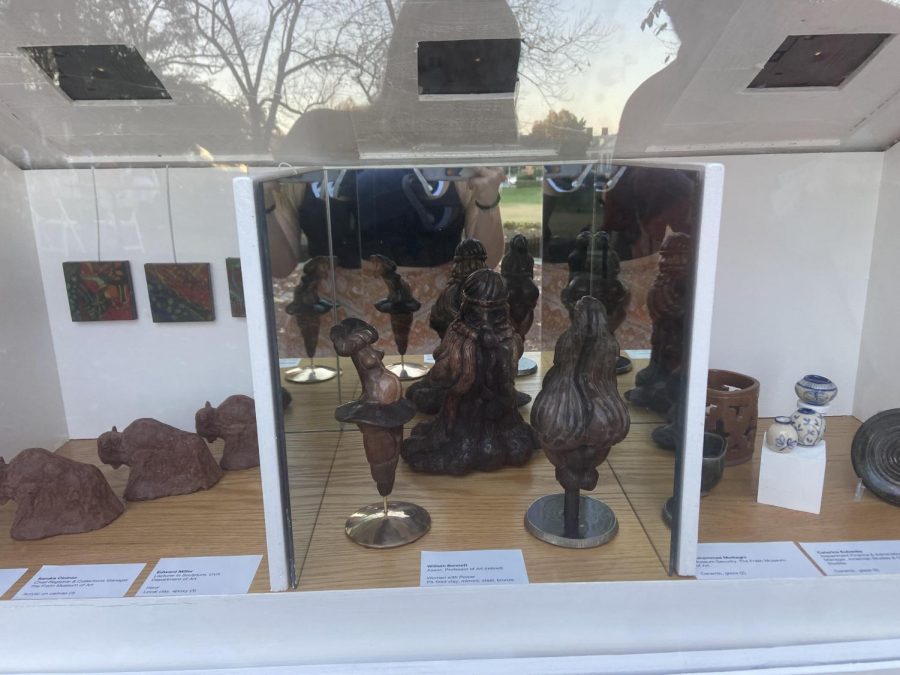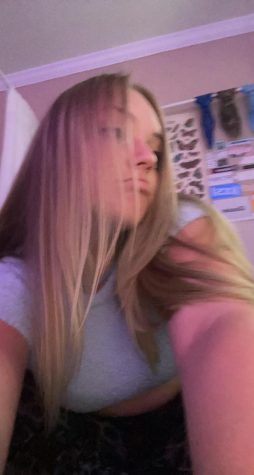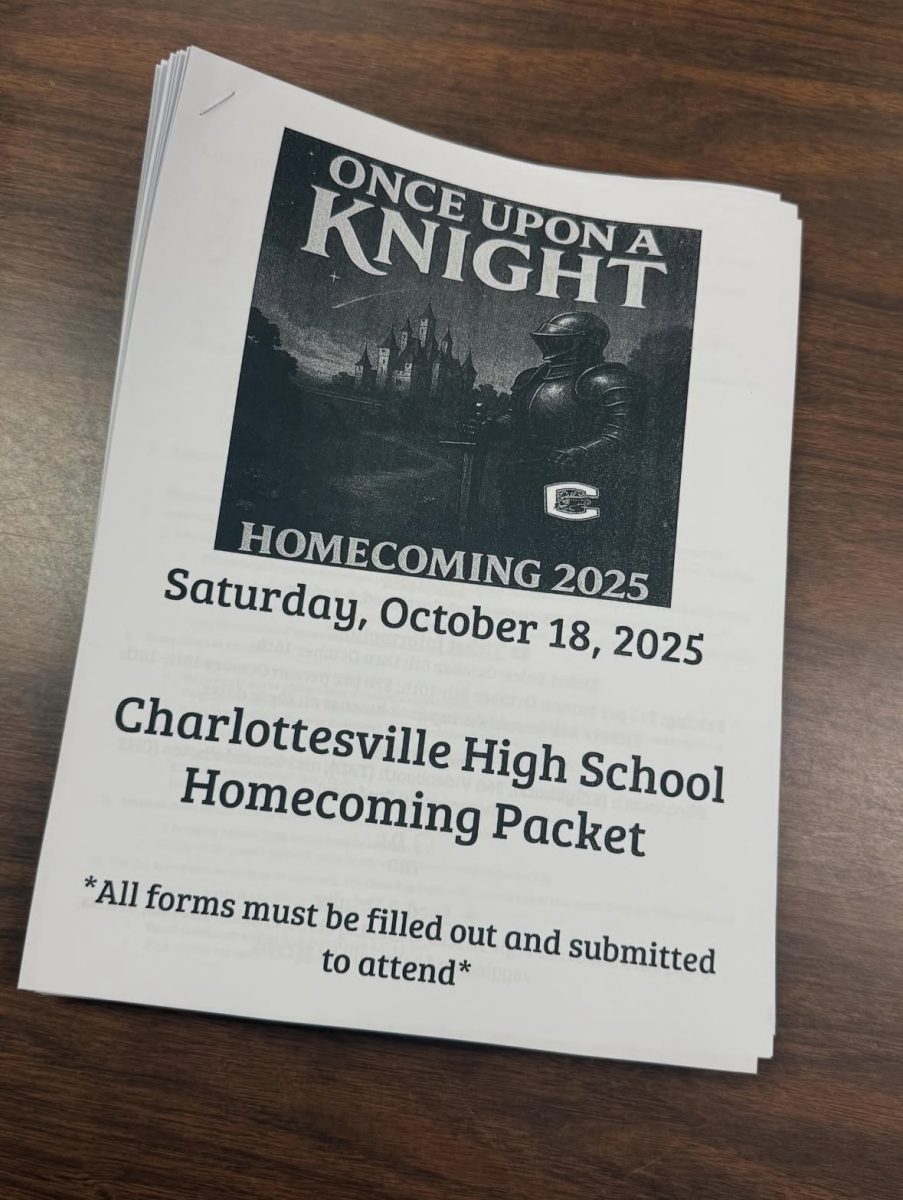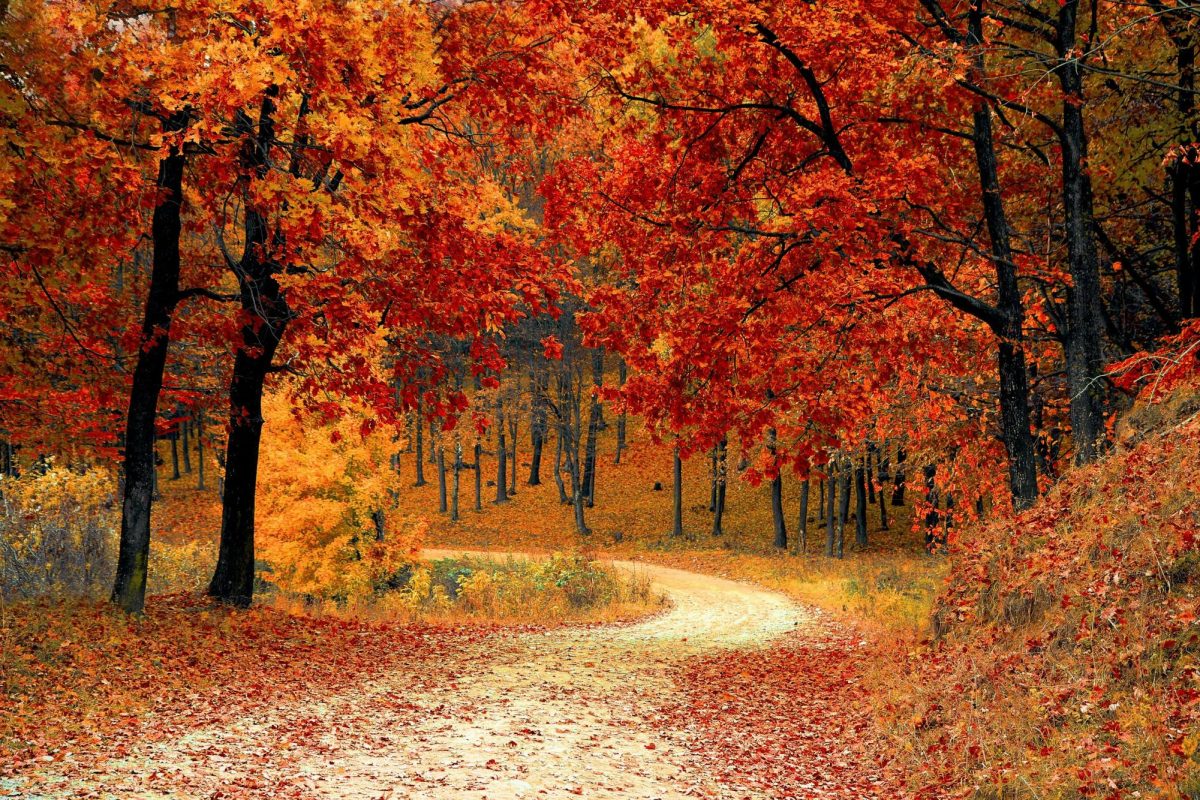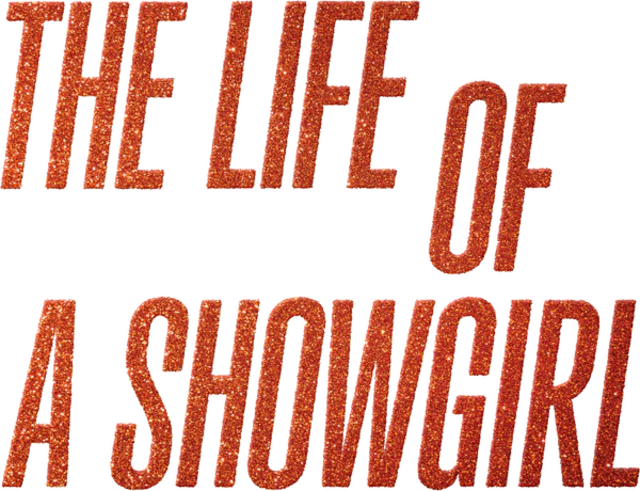What is The Little Museum – Interview With Lisa Jevack
November 29, 2021
The Little Museum at the Fralin Museum of Art was a unique exhibit at the gallery that is like no other. Student writer Mariette Hollins interviewed the Special Projects Coordinator at the museum Lisa Jevack, who was more than happy to tell the students at CHS about The Little Museum and everything it has to offer.
“The Little Museum is quite literally a little museum made of six little galleries that are being used to showcase and exhibit little works of art. The Little Museum is outside on the plaza in front of the Fralin Museum of Art and one of the great things about it is unlike the big museum inside, it is open 24 hours a day. So you can come at any time, any day, and see the works of art.“
“The inspiration came when we were all at home during ‘the lockdown’ days of the pandemic and working at home. I was talking with a colleague who teaches art classes here at the museum and we were just discussing different ways to utilize the space outside thinking it would be really great if we could do something outside of the building during the summer, while the building was still closed. But at a time when people were looking for things to do and leading up to the opening of the museum just to get people excited about coming back. And around that same time, I happened to come across an article that was in the Washington Post about a Seattle artist who, during the pandemic, got this idea to put a little art gallery on her front yard, with her own artwork in it. She was modeling it after The Free Little Libraries and was using it as a way to encourage people to come up and take a piece of her artwork and swap it out for another work of art as people do with the little free libraries and I thought that was a pretty cool idea, and that it could be a way that we can try to do something outside the building. By the first rotation, we were using the model of the little free libraries and allowing the public to take the artwork but also providing a space to show local artists’ work and student artists’ work. This is something that we already want to do inside the museum.”
“Pretty much anyone can apply at this point. When we put the first call out it was strictly for local Charlottesville artists or UVA students. Because of the overwhelming response we got, we actually had enough artists for the first exhibition that we completed.”
“I would say by the third exhibition we were able to open it up to artists outside of Charlottesville as well. And then this last exhibition that’s currently [on display], we opened it up just for UVA faculty and staff because we were getting a lot of interest from professionals within UVA. So we decided it would be a great way to just focus on their artwork and I think the plan going forward is that sometimes we will just have a completely open call, but other times we might focus it on one group. When we reopen in the spring I would like it to just be for UVA students. November 29, the Monday after Thanksgiving [is when it will close], then it will reopen in late April.”
“Each exhibition we are keeping up for about four weeks, and then at the close of the exhibition the artwork is then moved to a separate little building structure and that is the part most similar to the free little libraries. So the artwork that goes in is open to the public to come to take a piece. We do encourage people to swap it for another piece of their own, just to keep it filled. When the artists do apply to be a part of the exhibition, we make sure that they understand that the artwork is going to be available to the public. We are able to compensate the artists a little bit so that they don’t feel like they have to do the work for free. But the great thing about offering it to the public is that people who come can get a work of art without paying for it.”
Unfortunately, the exhibit closed just recently, but the museum is excited to start it back up in the spring to have more interaction and emotion with the pieces from the community.


